History of Drenagh
The present gardens at Drenagh date back to the time of the original McCausland house, Fruithill, which was built around 1640.
Historic Gardens, Limavady
The McCausland Family
The family name McCausland goes back more than 900 years to an O’Cahan named Anselan, son of Kyan, King of Ulster. Anselan was forced to leave Ireland in about 1016 on account of his share in a ‘memorable stratagem where he and other young Irishmen dressed in women’s attire surprised and slaughtered their Danish oppressors’ (The Vikings). When Malcolm II of Scotland heard of Anselans feats he invited him to become his Master of Arms and ‘bestowed ample lands upon him in The Lennox’.
Twelve generations later, in the 1540s, his descendant Baron Alexander McAuslane returned to Ulster with his brother Andrew and settled in the Strabane area. The first McCausland to live at Drenagh (then called Fruithill) was Robert McCausland, Alexander’s grandson. Robert was bequeathed the Estates when he married the daughter of William Conolly, a wealthy self-made man and speaker of the Irish Parliament.
Robert named his first son Conolly in reverence to his father-in-law; the name is still used in alternate generations to this day. A large painting of Robert and his family now hangs in the dining room at Drenagh. The first Conolly married the heiress Elizabeth Gage from Bellarena (five miles up the coast) and had a son, Conolly, who also formed another lucrative union with Theodosia Mahon from Strokestown House, Co. Roscommon.
It was their son Marcus McCausland (1787-1862) who was responsible for commissioning Sir Charles Lanyon to build the present house. The former house (Fruithill) can be seen through a window painted in the portrait of Robert McCausland and his family. Marcus and his wife, Marianne, nee Tyndall from The Fort at Bristol, produced an heir Conolly Thomas(1828-1902). A delightful portrait of him dressed in his Eton cricketing clothes also hangs in the dining room at Drenagh.
Conolly Thomas’s son Maurice Marcus lived through both the best and worst of times at Drenagh as in 1902, through the Irish Land Acts; the Government compulsorily purchased 75% of the Estate. Drenagh was lucky; many Irish Estates were taken off their owners in their entirety. Some say this was no bad thing, as landlords the Irish landed gentry could be brutal in their treatment of their tenantry, indeed some were burnt out before they could be bought out.
Conolly Robert, Maurice’s son, fought in the 2nd World War and was so profoundly affected by what he experienced that he changed his Faith to Catholicism. This he did despite knowing he had signed a codicil to his fathers will barring him from inheriting should he become a Catholic. The will was contested but it was found that although the codicil applied to Conolly Robert, it did not do so to any of his direct descendants. So, on his death in 1968, his son Marcus inherited Drenagh.
Sadly four years later in 1972 Marcus was shot dead by the IRA.
Currently Marcus’s son Conolly Patrick lives at Drenagh.
The Land
Prior to the influence of the Vikings, the Norman French and lastly the Scots and the English, land in Ireland was not held by an individual but rather by the Clan. Territorial disputes were settled by the sword and held in the name of the Clan by its chieftain.
There were many Clans to hold the land at Drenagh – the McDonnells and the O’Cahans being the most powerful. It is supposed that Sir Thomas Phillips, an English land speculator before the Plantation of Ulster acquired the land from the O’Cahans in the early 1500s. His son disposed of that holding to the Beresfords who in turn sold it to William Conolly, an ancestor of the McCauslands, in the early 17th century.
The hoarse Banshee, with dismal yell,
Thrice walked the graveyard round,
And thrice from the ruin on Knockanbaan,
Made woods and rocks resound.
The howling wolf from Evenney’s cliff,
Roar’d wildly through the gale;
And the shrieking owl from Dreenagh* wood,
Told forth the fatal tale.
A gentle heart in sorrow sunk,
Hung over the grass-grown tomb,
And oft she wished for that silent bed,
But she wished a night too soon.
O’Donnell’s flag shall be stained in blood’
That never was stained before,
And De Borgos’ eagle shall flap her wing,Red red with M’Quillan’s gore.
The McQuillan’s of Dunluce have been traced back to the de Borgo family who came to England at the
time of William the Conqueror. Around 1540 a bitterness developed between the Mcquillans and O’Cahans, who controlled the Roe Valley with their allies the O’Donnells. The tragedy of this conflict was intensified by the love between Laura O’Donnell and Finn McQuillan. In a book entitled The M’Donnell and the Norman de Borgos Archibald M’Sparran describes a fierce battle between the opposing sides here at Drenagh in the vicinity of the Drumachose old Church.
The legend seems reminiscent of stories told all over the world, the tragic end to the feuding of the Montagues and the Capulets and the unfortunate Viking Prince Olaf of Isle Maree on the West coast of Scotland. Suffice to say Finn dies in the battle and Laura on finding Finn’s body lies down beside him and dies of a broken heart.
The passage below taken from Archibald M’Sparrans book tells of Finn’s death, Laura’s grief and her ultimate end.
There is a further legend that involves the McCausland family who now live at Drenagh. The tradition of the family is to name their eldest sons Conolly and Marcus in alternate generations and it is said that no Marcus will ever find the grave of Finn McQuillan. The photograph of the grave is taken by Conolly Patrick who presently lives at Drenagh. He remembers his father Marcus (who never found it) telling stories of being taken to see it with his father Conolly Robert and never finding it. Apparently Conolly Robert went there frequently because of the quiet tranquillity to be found sitting by the Cairn perched above a great bend in the Curly Burn. Conolly Robert said that he never found the Cairn until his own father Maurice Marcus (who also never found it) had died.
When the wind from the north through the alders is groaning,
A voice oft is heard deeply sighing and moaning;
‘Tis the sprite of the mountain at evening returning,
Who fills the long glen with a sighing and mourning;
While the moon from the zenith does silver them over,
And green grows the bed of this maid and her lover.
The lambkins in spring may be seen feeding nigh them,
On primrosy banks where the stream murmurs by them
And the pipe of the red-breast proclaims in deep sorrow.
That here rests M’Quillan ‘long side of his Laura.



